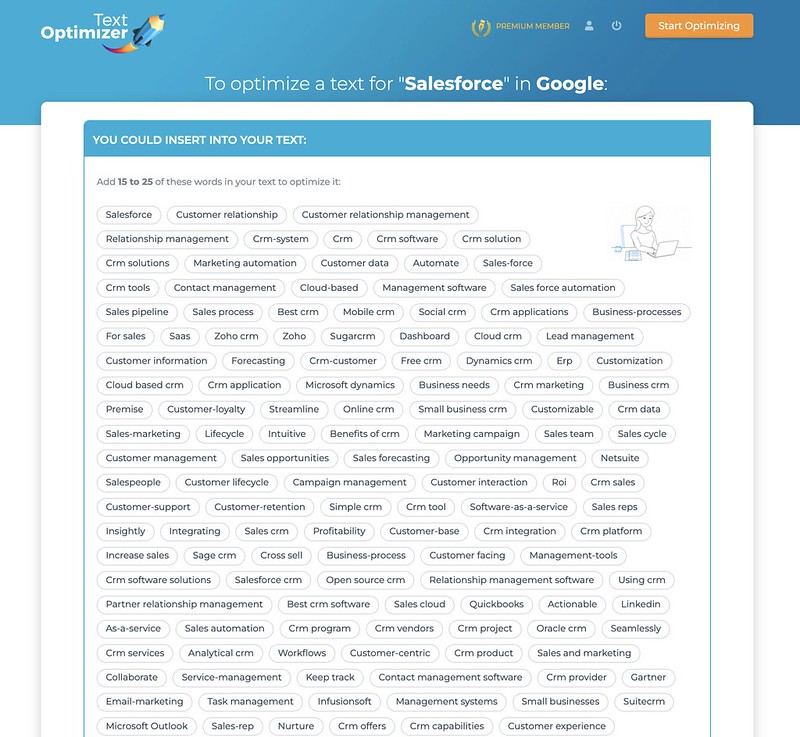Some businesses are fortunate enough to thrive under a single name from the day they first launch through many years of growth and evolution. Others find it necessary to rebrand for a number of reasons, from mergers and acquisitions to new ownership, legal issues, or changing market expectations.
Even when the name stays the same, logos need refreshing (ask Starbucks, Gap, and JCPenney) and brand positioning shifts over time.
Change Happens
If you’re thinking, “I don’t need to worry about this,” don’t be so sure. Rebranding is becoming more common as businesses quickly adapt to meet the evolving needs of B2B customers. Pivoting a company often involves renaming or at least repositioning emerging brands.
Whatever the cause for the change, the effect is the same: there’s a boatload of hard work ahead, and getting it right is important.
I know, because I’ve personally shepherded a number of businesses through successful rebranding and even changed my own company name.
Rebranding Is Not Easy
Rebranding is never an easy process, but attention to detail and careful focus on messaging can make the effort a success.
Social media is a big piece of the puzzle in two ways:
First, your company probably has a number of social media profiles online. Your digital marketing efforts may include blogging, videos on YouTube or Vimeo, social profiles on Facebook, LinkedIn, Twitter, Pinterest, Instagram, and any number of other sites. All of these will need to be updated.
Second, you want to engage your social community in the rebranding process, educating your influencers and communicating the rationale behind the change in a way take makes sense and helps build – rather than erode – your brand.
With these two objectives in mind, here are 10 tips to make the rebranding process easier:
Audit your online presence
Make a list of all your social media accounts and online profiles so you know exactly what needs to be updated. Find out which custom URLs can change, and which sites require a new account (some won’t let you update that branded URL.)
Note audience size and engagement to determine which are most critical to a smooth rollout of your new brand. Use Text Optimizer to gather insights into your current name associations. Make sure your new site and profiles include your semantics:
Get the right graphics
Social media profiles and pages all have different size requirements and options for branded visuals.
Use your audit to create a list of what you need. Think beyond the logo and have your graphics team create the right brand images for a rapid transition.
Polish the profile
Write updated profile descriptions for every site, taking into account the nuances of your audience on each social media platform as well as key points of the new positioning.
Don’t forget headlines and detailed descriptions on social networks that have them.
Sharpen your messages
Work with your PR team to craft the messages you’ll share on social media about the new brand.
Make sure the tone is right for your social community and that it addresses any unique concerns they may have. What will you say and who will say it?
Plan your transition
If you’re in a large company, there will probably be a significant team working on rebranding. Get your social media team engaged from the start and consider hiring a rebranding agency.
Schedule updates ahead of time, planning who does what and when they’ll do it.
Make it happen
Coordinate your announcement carefully.
Make sure public communications and employee announcements are coordinated, and that your staff has talking points for social media if they tweet and post on your behalf.
Update your CRM software so that all the follow-ups include your new brand.
Give it time
If you’re working with limited resources, you may not be able to update every account and profile in one day.
Include in your plan a prioritization of which sites to update first, and those that will follow as time permits.
Keep telling your story
It takes a while for a rebranding to sink in with customers and prospects. Be ready to tell your story over and over again in different ways as the message sinks in.
Ask your advocates to share it, too.
Answer the questions
People ask lots of questions when you rebrand. You may even have backlash from people who don’t understand the potential positive impact of the change.
Answer patiently and consistently.
Update your CTAs and social media bios. This is a good time for you to get more productive with your sales funnels. Virtual phone systems and chatbots should all be updated as well to ensure their messages reflect your new branding.
Eventually, the dust will settle.
Celebrate!
As you work through the transition, you’ll get positive feedback Share it, use it to reinforce your story, and encourage your social network to do the same.
Takeaways:
- The need for rebranding: Not all businesses remain under a single name forever. They may need to rebrand due to mergers, acquisitions, changing market expectations, or other reasons.
- Evolving nature of branding: Brands like Starbucks, Gap, and JCPenney have had to refresh their logos over time, indicating that brand positioning shifts with time.
- The rising prevalence of rebranding: The rapid evolution of the B2B landscape is making rebranding more common.
- Rebranding challenges: It is a complex process that requires meticulous attention to detail, especially regarding messaging.
- Importance of social media: Rebranding involves updating social media profiles, engaging the online community, and clearly communicating the reasons behind the rebranding.
10 tips for successful rebranding:
- Audit online presence.
- Ensure accurate graphics.
- Update social media profiles.
- Define the messaging.
- Plan out the transition.
- Coordinate the announcement.
- Prioritize updates.
- Consistently share the brand story.
- Address queries and concerns.
- Celebrate the journey and positive feedback.
Conclusion
Rebranding is an intricate and often necessary process that businesses may need to undergo due to various reasons. While the task can be daunting, the rewards of a successful rebrand can be significant. With the rise of social media’s influence, it is vital for businesses to consider their online presence during this transition.
By adopting a meticulous and strategic approach, like the 10 tips provided, businesses can navigate the rebranding journey more smoothly and effectively. Celebrating milestones and leveraging positive feedback throughout the process will also help in solidifying the new brand identity.





